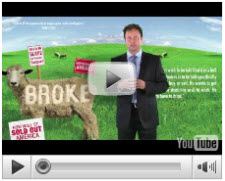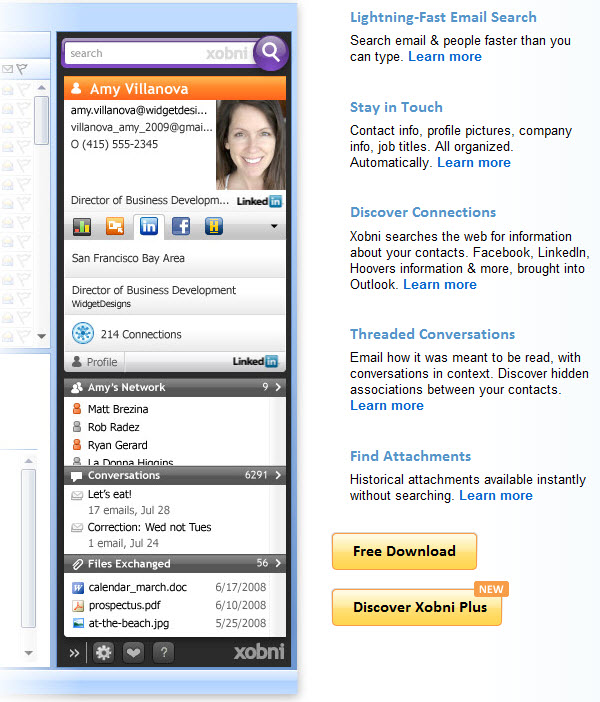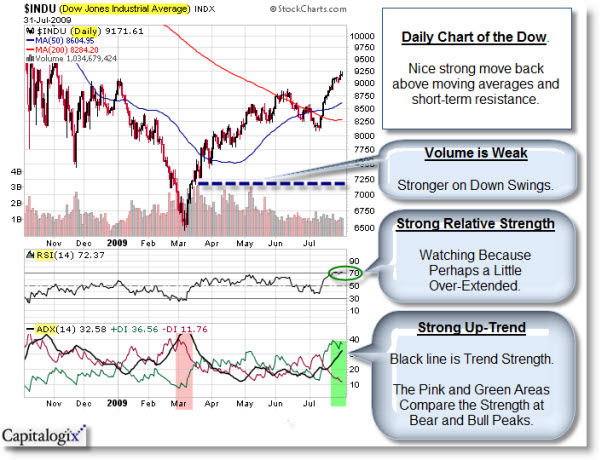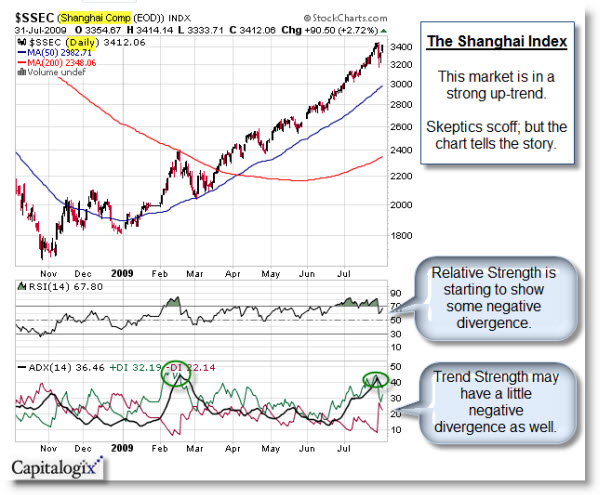People often ask me which trading books I'd recommend. I've read a lot of books about trading; and though some of them are good, only a handful stand out.
 Michael Covel wrote a couple of the trading books I consider worth
Michael Covel wrote a couple of the trading books I consider worth
reading. The first is called "Trend Following", and the second is
called "The Complete TurtleTrader".
Many books are little more than marketing for their author or an
attempt to sell a "magic bullet" to less experienced traders. In contrast, both of Covel's books are simple enough that a novice would gain valuable information
from them; yet there's enough content and nuance that experienced traders also will
benefit from the books.
I've always loved Jack Schwager's "Market Wizard" book series. Covel's books are different than these because they deal with a narrower subject … more deeply. Yet they are similar in terms of the value-added content they provide and how accessible they are; and that's high praise from me.
Covel has an engaging writing style. He keeps things interesting by telling stories rather than simply providing a mechanical "how-to" textbook. You get enough narrative and detail about accomplished traders to give you a sense of their personality, thought process, and some of the key ideas and distinctions that help make them successful. In addition, he backs-up his research with lots of data, charts, and links to additional information. This makes it easy for you to continue on your own.
What is In the Trend Following Book?
The "Trend Following" book:
- explains the basics of trend following;
- introduces you to the some of the great trend following traders;
- explains the positives and negatives of the technique from a
performance standpoint; - shows how trend followers did during big
events, crashes, and panics; - and the later part of book focuses on the
human-nature side of trading, decision-making and building trading
systems.
I like how Covel segments his books logically, and in bite-size chunks. That means I can pick it up and read something without feeling compelled to start at the beginning and read all of it at once.
For example, I just opened Trend Following (to page 253) and saw "Five Questions for a Trading System". In this section he lays-out things to consider when evaluating a system. Examples include how the system determines which market (and how much exposure) to trade, as well as what constitutes entry and exit triggers? Then, in addition to explaining the basics, there are examples and quotes from other traders about the topic. And he extends the discussion to include emotional issues like how much money you intend to make, the level of time and effort you intend to invest, and the strengths and weakness you bring into the equation. Bottom-line, he goes out of his way to give you a thorough
understanding … while getting his points across in an
easy-to-understand, informative, and interesting ways.
I found myself referring to both of these books several times in the past several months. If you're looking for something to read (or for some new ideas about trading and money management) I recommend you check out these books.
- Here is a link to Covel's Blog.
- Here is a link to Covel's Videos on YouTube.
- Here is a link to his TrendFollowing website.
- Here is a link to his new movie, Broke.













